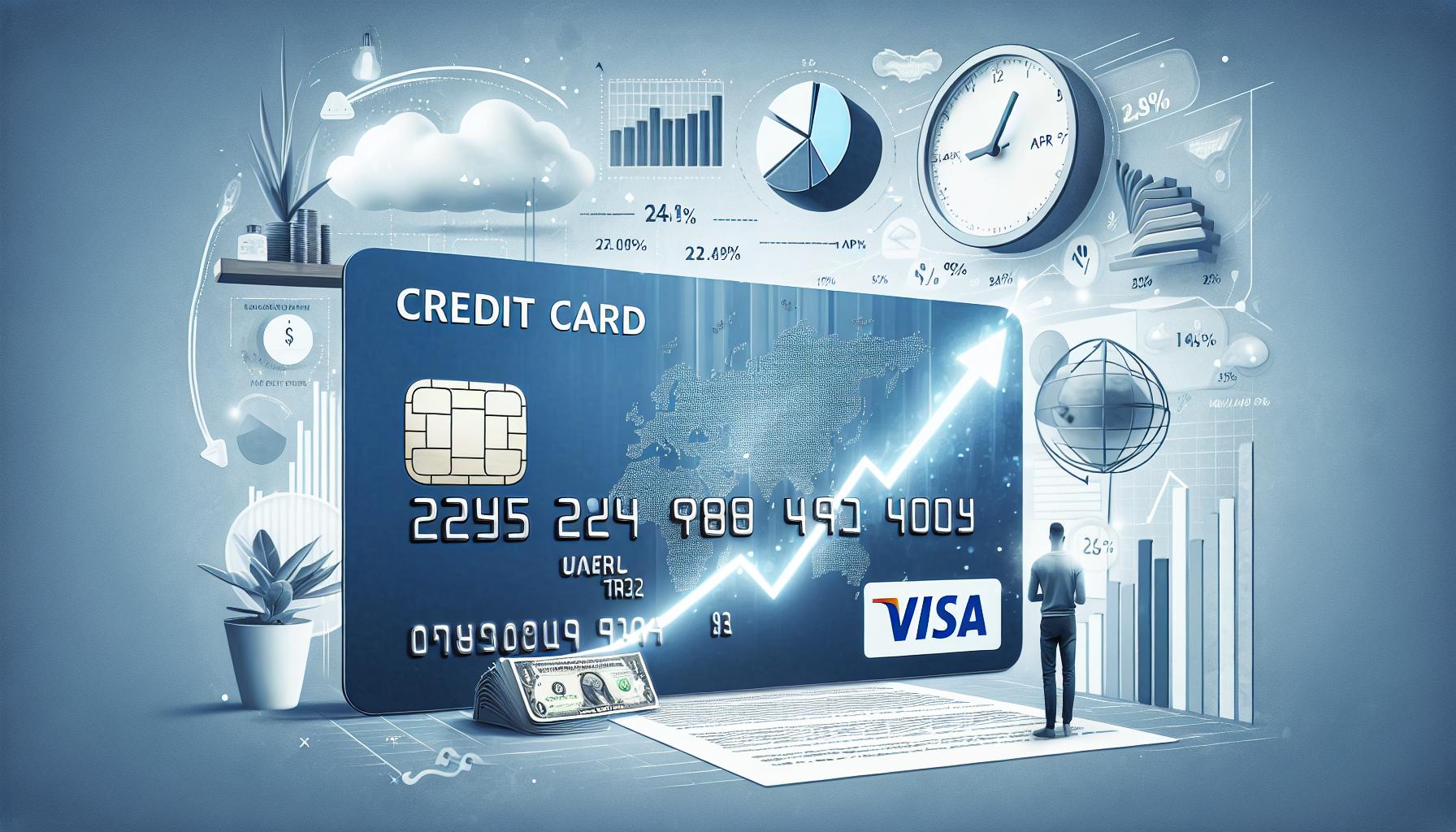If you’ve been feeling like your credit card bill is growing faster than usual, you’re definitely not imagining it. The average credit card interest rate has hit a staggering 27% in 2024 — and that’s not just high, it’s a record-setter.
This sharp jump in interest rates has become a financial headache for millions of Americans trying to manage everyday expenses, pay off balances, or simply avoid falling deeper into debt. Whether you’re a seasoned credit user or just starting out, understanding what this rate means — and what you can do about it — is more important than ever.
What’s Behind the Spike in Credit Card Interest Rates?
You might be wondering, “Why are credit card interest rates going up?” It’s a fair question, and the answer isn’t all that complicated.
It largely comes down to the Federal Reserve. Over the past two years, the Fed has raised its benchmark interest rate several times to combat inflation. Since credit card interest rates are directly tied to the Fed’s rate, they tend to rise shortly after a hike.
So when the Federal Reserve increases rates to help control prices, banks and lenders also increase the interest on the money they lend — including credit card debt.
How Does This Impact You?
If you don’t carry a balance on your card, you might not feel the hit right away. But for many people, especially those living paycheck to paycheck, this jump translates into real cash leaving their pockets.
Let’s break it down:
- If you carry a balance of $5,000 and make only minimum payments, you could now pay over $1,000 more in interest annually compared to previous years.
- Your minimum payments may rise, forcing some folks to juggle bills or take on new debt.
- It becomes harder to get approved for balance transfer or low-interest credit cards.
Bottom line: that casual coffee run you charged to your card last month? It just got more expensive.
Who Is Most Affected?
Surprisingly, it’s not just people with low credit scores or financial struggles feeling the heat.
Even customers with good or excellent credit are seeing higher APRs (Annual Percentage Rates).
However, some groups are more vulnerable, including:
- Young adults or college students, who usually have thinner credit histories
- Low-income households, where credit cards are sometimes used to cover daily living expenses
- People already in debt, who are now caught in a more expensive repayment loop
It’s a tough situation that’s highlighting just how expensive borrowing money on a credit card has become.
What Can You Do to Lower Your Credit Card Interest Charges?
Don’t panic. While you can’t control the national average credit card interest rate, you can take steps to reduce what you pay. Let’s look at some simple strategies:
1. Pay More Than the Minimum
Minimum payments might seem convenient, but they come with a long-term price. If you can afford it, pay more than the minimum — even an extra $25 per month can make a big difference in reducing interest over time.
2. Consider a Balance Transfer
Some credit cards offer 0% introductory APR on balance transfers. If you qualify, moving your debt to one of these cards can give you a break from interest for 12–18 months. Just don’t forget to watch out for balance transfer fees.
3. Shop Around for Better Rates
Think you’re stuck with your current rate? Think again. Use comparison tools or visit your bank to explore cards with lower APR. Even shaving a couple of percentage points off your rate can save you hundreds in interest.
4. Call Your Card Issuer
This might sound old-school, but it’s surprisingly effective. Card issuers don’t want to lose you as a customer, especially if you have a strong payment history. Call and ask if they can reduce your interest rate — many will say yes.
5. Build Your Credit Score
The higher your score, the more power you have to negotiate lower rates. Focus on paying bills on time, reducing credit usage, and avoiding new debt. Over time, this can boost your credit rating and cut your borrowing costs.
Breaking Down the 2024 Credit Card Landscape
The recent Investopedia report shows several key takeaways about the evolving credit card market:
- The average APR is now above 27%, with some cards charging as much as 30% or more for riskier borrowers.
- Reward cards, which offer perks like cash-back or travel points, tend to have even higher interest rates due to added benefits.
- Store credit cards are among the highest, with rates frequently surpassing 30%.
It’s clear that understanding your credit card’s APR isn’t optional anymore — it’s essential.
Looking Ahead: Is There Relief in Sight?
Will the average credit card interest rate keep climbing? That’s the million-dollar question.
Many experts believe that if inflation cools down, the Fed may start to slowly ease interest rates. But for now, we’re likely to see rates hovering around this record level through most of the year.
So your best bet? Stay informed, manage your balances, and explore ways to cut those costs where you can.
Final Thoughts: Don’t Let Interest Rates Beat You
Yes, the average credit card interest rate is at an all-time high. But that doesn’t mean you’re powerless.
By being proactive with your payments, researching your options, and reaching out to creditors, you can beat the system that seems designed to keep you in debt.
And if you’re ready to tackle your finances with even more confidence, don’t forget to check out our guide to paying off credit card debt faster, where we break down smart strategies to help you stay ahead.
Because at the end of the day, financial freedom starts with knowledge — and you’ve already taken the first step.
Want to see the full report? Check it out on Investopedia.

